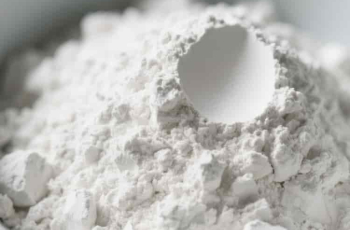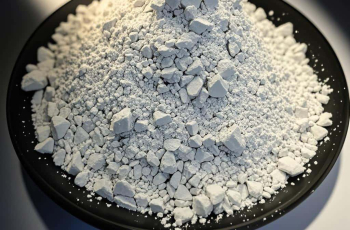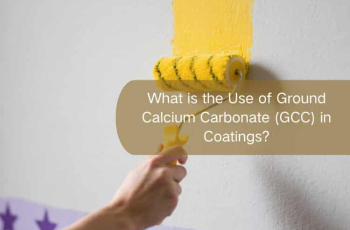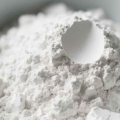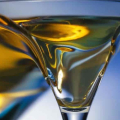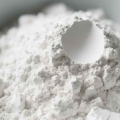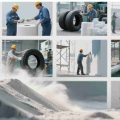What Is Calcium Carbonate and What Is It Used For?
🧾 Introduction Calcium carbonate (chemical formula: CaCO₃) is one of the most common compounds on Earth, naturally present in rocks, shells, pearls, and the skeletons of marine organisms. It is the main component of materials like limestone, chalk, and marble, and is widely used in industrial, agricultural, pharmaceutical, and food applications. Official name: Calcium carbonate Synonyms: Calcite, Aragonite, Vaterite, Limestone powder, GCC, PCC CAS Registry: 471-34-1 Molecular formula: CaCO₃ SMILES/InChIKey: Standard identifiers in chemical databases Elemental calcium: Approximately 40% of total weight Common forms: Powder, granules, slurry; available as GCC, PCC, nano, or coated grades 🧪 Physical and Chemical Properties Physical Properties Appearance: Fine, odorless white powder Color: High-purity grades are brilliant white Density: ~2.7 g/cm³ (depends on crystal structure) Grade characteristics: Available as best calcium carbonate powder for high whiteness and opacity Molecular Properties Chemical formula: CaCO₃ Molecular weight: 100.09 g/mol pH: 9–10 in water suspension Molar mass: 100.09 g/mol Stability and Solubility Solubility in water: Slightly soluble Enhanced solubility in presence of CO₂ Is calcium carbonate soluble in water? Not significantly unless acidic conditions are present ⚗️ Chemical Reactions and Equations of Calcium Carbonate Calcium carbonate (CaCO₃) engages in a wide range of chemical reactions with acids, heat, water, carbon dioxide, and other compounds. These reactions are essential to geology, materials science, environmental treatment, and industrial manufacturing. 🧪 Acid Reactions Calcium carbonate reacts with acids to produce a calcium salt, carbon dioxide, and water. This effervescent reaction is a classic lab demonstration and underpins various industrial applications. With Hydrochloric Acid: CaCO₃ + 2HCl → CaCl₂ + CO₂ + H₂O With Sulfuric Acid: CaCO₃ + H₂SO₄ → CaSO₄ + CO₂ + H₂O With Nitric Acid: CaCO₃ + 2HNO₃ → Ca(NO₃)₂ + CO₂ + H₂O With Acetic Acid: CaCO₃ + 2CH₃COOH → Ca(CH₃COO)₂ + CO₂ + H₂O 🔥 Thermal Decomposition…
